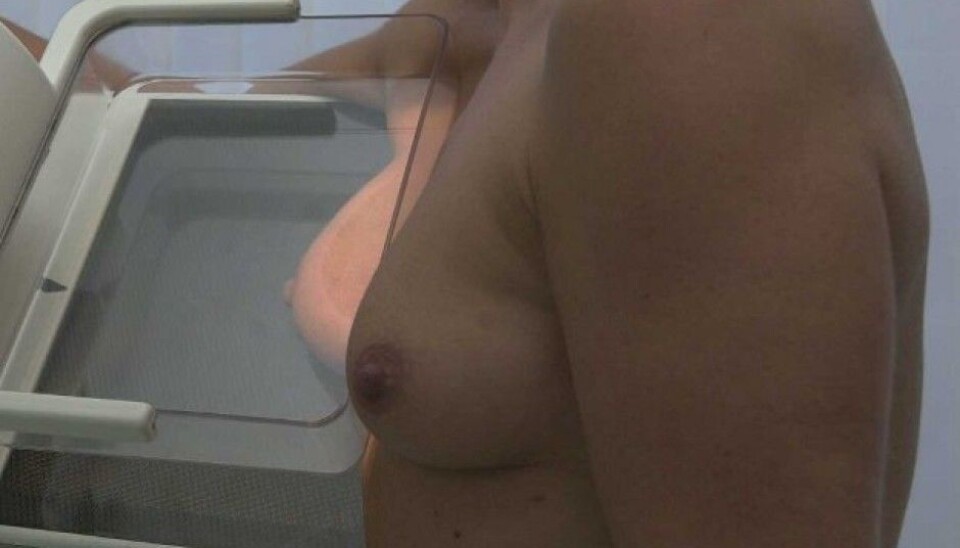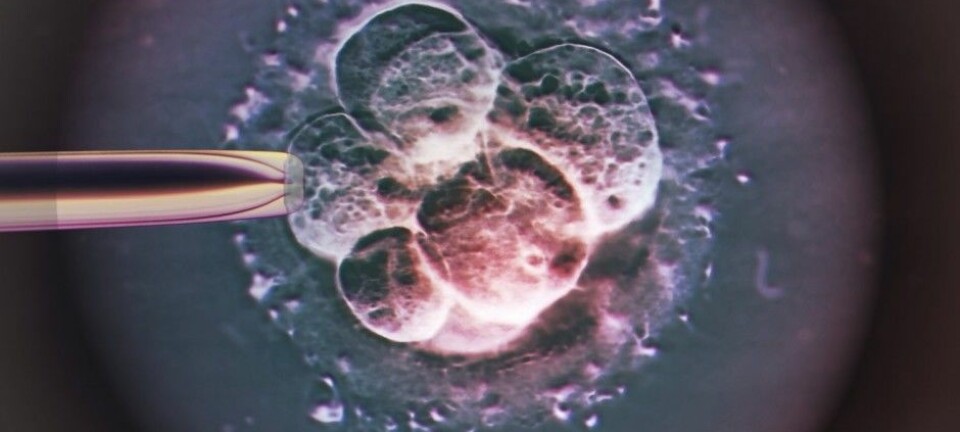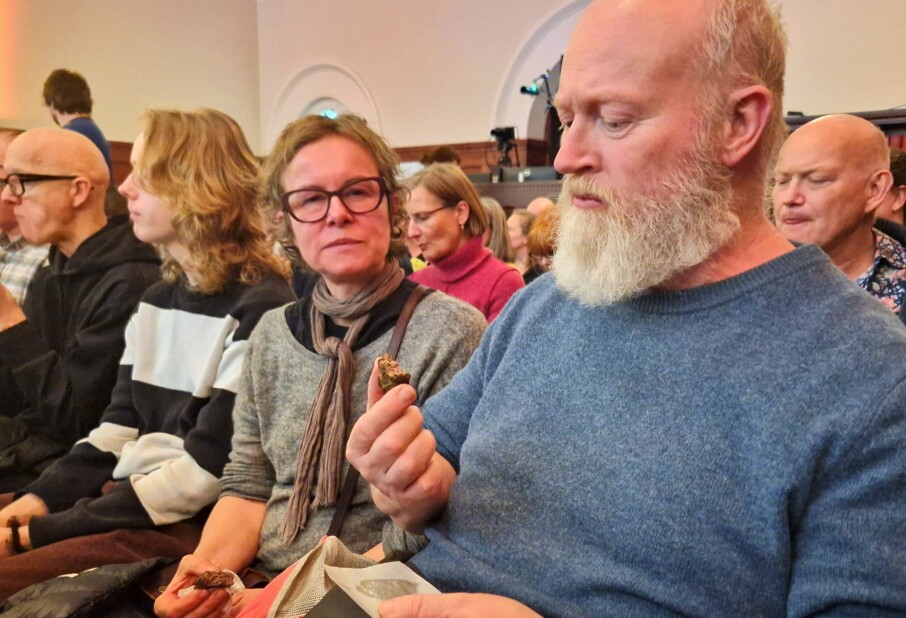
More breast cancer among women with benign findings
Women who are called in for more testing after mammography and whose results are then OK are more likely than others to develop breast cancer in the subsequent two years. But the absolute risk remains low.
Every woman knows that mammography is far from perfect. Perhaps no one knows this better than the radiologists who are called upon to read mammography images for signs of breast cancer.
Currently about three of every hundred women are called back for additional tests because doctors aren’t quite sure how to interpret what they’ve seen in the initial mammograms.
It is very common for breasts to show evidence of benign changes. And small cancerous tumours can sometimes be difficult to distinguish from benign changes on mammography images. This is why women who actually don’t have breast cancer are also called back in for additional testing.
Most of these women are then told that everything looks fine. This is called false positive screening.
These false positive results are a disadvantage of mammography screening because they can cause women unnecessary worry and anxiety. But now a new study shows that a doctor’s first inkling that something isn’t quite right may be a hint of what might happen later — for an unfortunate few.
One of five who need follow-up are diagnosed
For every 1,000 women who undergo mammography, 970 women are told they do not have the disease. The remaining 30 women are called in for additional screening.
“Screening means to sift, we’re sifting through information to find breast cancer. Most of what we catch during screening is not cancer, but radiologists sometimes need more testing to clarify their findings,” said Professor Solveig Hofvind. Hofvind is head of the Mammography Programme at the Norway’s Cancer Registry.
Of the 30 women who need follow-up, 18 will be given a new mammogram, ultrasound or both, while 12 will be given a biopsy or tissue test.
Only six of these 30 women will then be diagnosed with breast cancer, or roughly every fifth woman who is called for additional testing.
Benign or harmless findings
Of the 30 women called in for additional tests, as many as 24 have changes in their breasts that do not require treatment.
“These can be water cysts, benign tumours or glandular tissues that are imaged in a way that it makes it difficult for radiologists to interpret what they see,” Hofvind says.
But a study published in December in the academic journal Radiology showed that these women have a higher risk of detecting cancerous changes on their own within two years of their additional screening. This is called interval cancer.
Three times higher risk
Those with benign changes that are detected during additional testing have three times as high a risk of having interval cancer compared to women who are not called in for additional tests.
"It surprised us that the risk of interval cancer was so much higher among women who had had a previous false positive result, compared to women who hadn’t," said Hofvind, who was the main author of the study in Radiology.
Nevertheless, she said, it’s important that women trust their radiologist’s assessment of any additional tests.
Difficult to assess
“Small changes can be difficult to evaluate,” Hofvind said. “Interval cancer often grows rapidly and is often detected by the woman herself with the discovery of a small noticeable lump in the breast before the next screening.”
However, the tumours detected among women who had a false positive screening result were smaller in diameter and less aggressive than the cases of interval cancer detected among those who had a negative screening result.
But it may also be that these tumours were not been detected in mammography images due to their location in the chest, or because they are hidden in dense glandular tissue, Hofvind said.
When the interval cancer is subsequently detected and earlier mammography images are reviewed again, it may be possible to see the tumour on the images from the previous survey.
The study comprised a total of 400,000 with 785,000 tests between 2004 and 2012. Out of these, 18,000 false positive screening follow-ups were conducted. Interval cancer was detected in 1302 women.
In total, 0.5 per cent of women with false positive results in their first round of screening were later diagnosed with interval cancer. Among those with negative findings, this number was only 0.15 per cent.
-------------------------------------
Read the Norwegian version of this article at forskning.no.
































